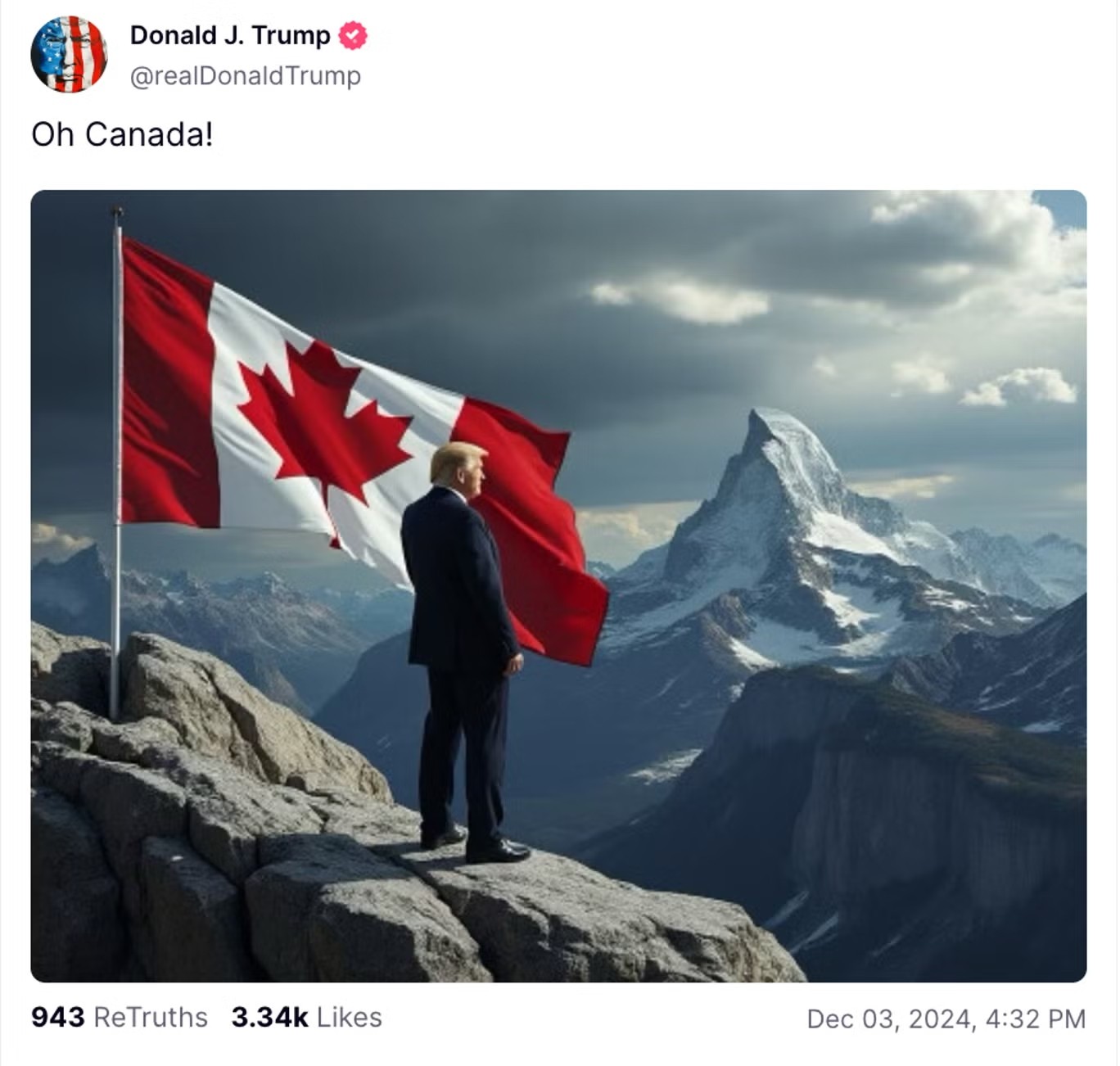5 Best States To Change Your Career in America
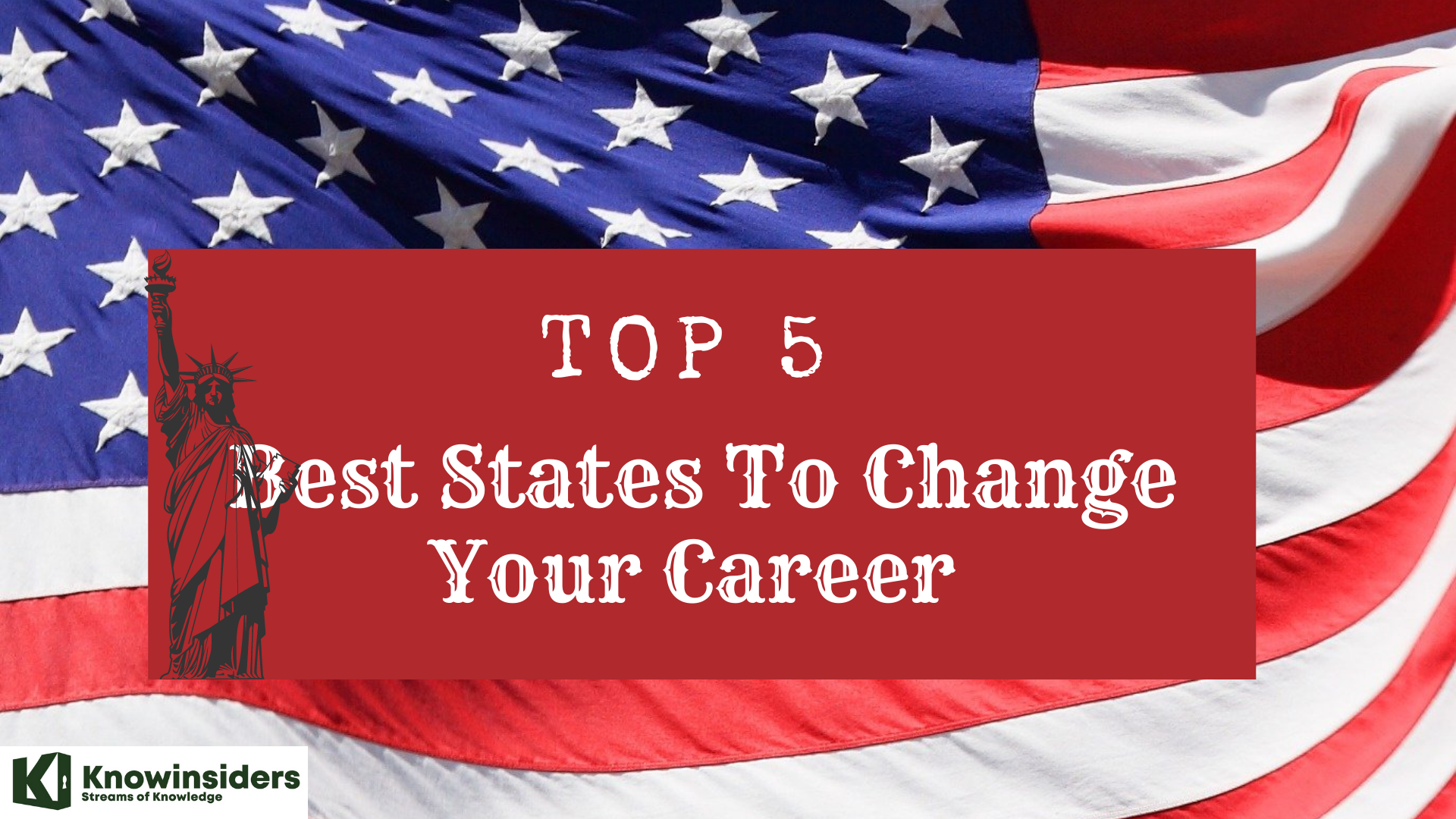 |
| Top 5 Best States To Change Your Career |
Making a career change is no easy feat, especially when it requires you to relocate. With factors like earnings potential, cost of living, and well-being to consider, finding a place that has everything you may want or need can start to feel a little impossible.
BestColleges looked at seven metrics for this study: median income, cost of living, job growth, unemployment, gender pay gap, well-being, and COVID-19 vaccination rate. At the very least, this should help you narrow down your search. Here is top 5 best states to change your career.
The list of top 5 best states to change your career in America
5. Minnesota
4. Vermont
3. Utah
2. New Hampshire
1. Georgia
***
What are the top 5 best states to change your career in the United States?
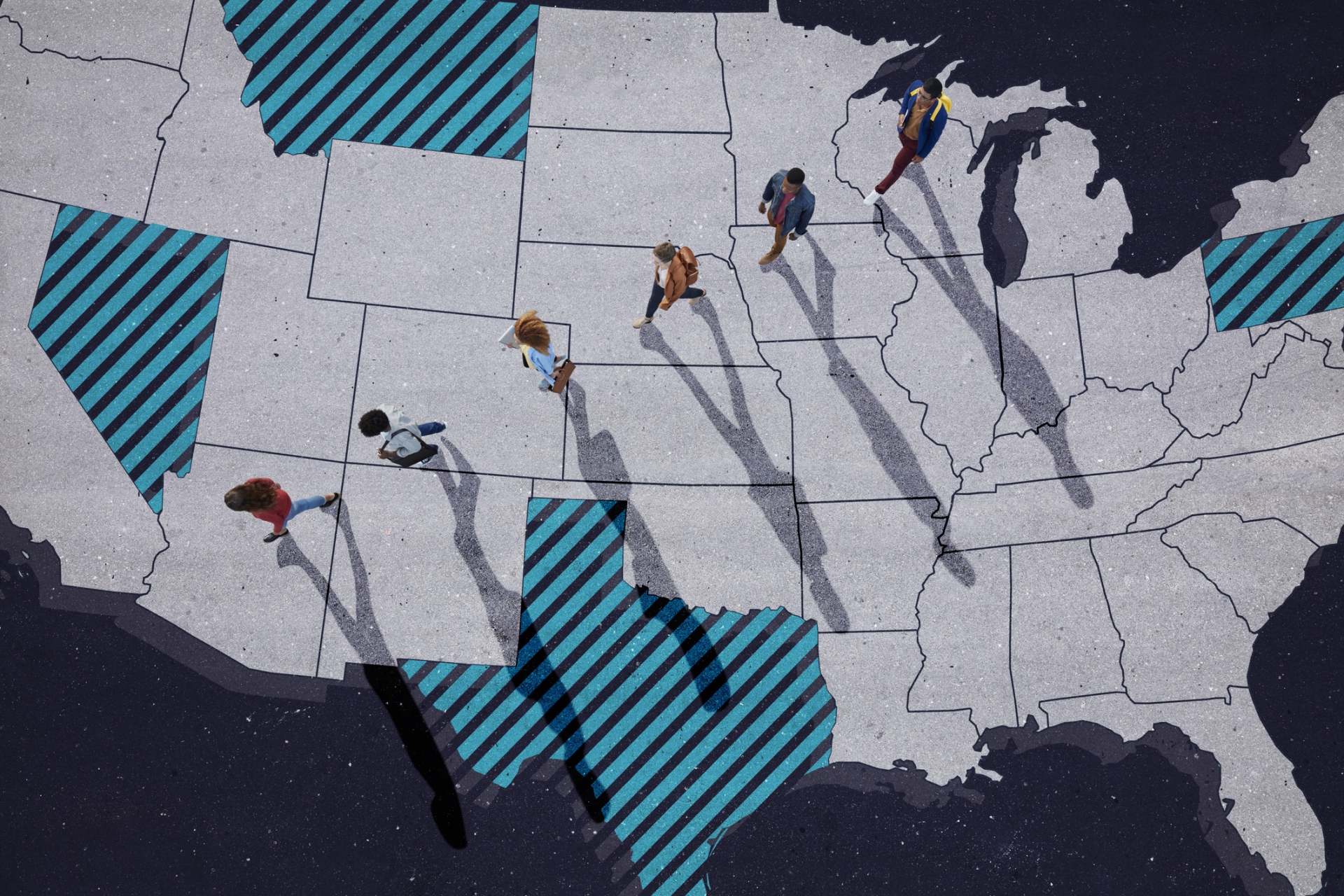 |
| Photo: Getty Images |
5. Minnesota
Minnesota rounds out the top five with above-average rankings in every category. The state's big standouts are its high median income and low unemployment rate.
Minnesota is a state in the upper Midwestern United States. It is the 12th largest U.S. state in area and the 22nd most populous, with over 5.7 million residents. More than half of Minnesotans live in the Minneapolis–Saint Paul metropolitan area, known as the "Twin Cities", which is the main political, economic, and cultural hub. The Twin Cities are among the 20 largest metropolises in the U.S. Other Minnesota metropolitan areas include Duluth, Mankato, Moorhead, Rochester and St. Cloud.
Since the late 20th century, Minnesota's economy has diversified significantly, shifting from traditional industries such as agriculture and resource extraction to services, finance, and healthcare. Minnesota's standard of living index is among the highest in the nation, and the state is among the best-educated in the nation. It is ranked among the best states in metrics such as employment, median income, safety, and governance.
Minnesota added 14,500 jobs in July, the largest gain since March, according to data released Thursday by the Minnesota Department of Employment and Economic Development (DEED).
The state's seasonally adjusted unemployment rate is now 3.9%, one-tenth of a percentage lower than it was in June.
4. Vermont
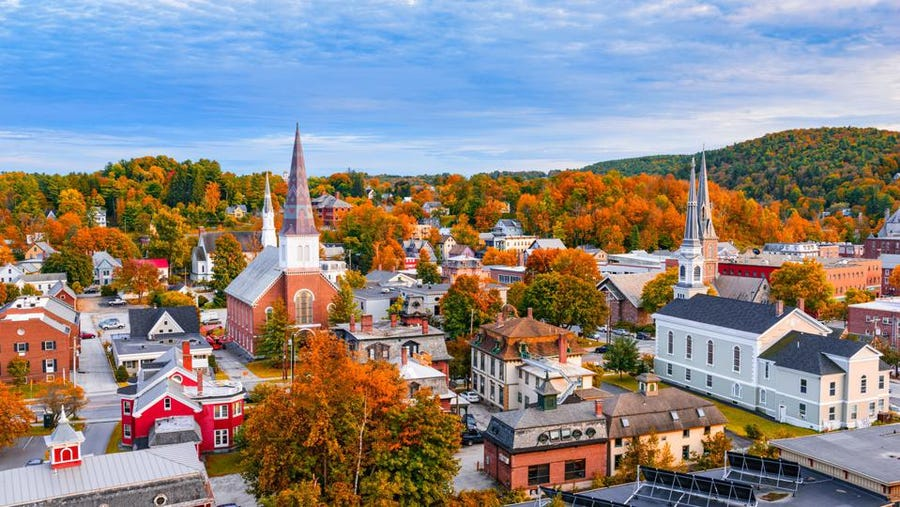 |
| Photo: Forbes |
Vermont came in fourth on the list ranking highly in job growth, unemployment, earnings gap, and vaccination rates. But the state's overall score is brought down by its fairly high cost of living.
Vermont is a state in the New England region of the United States. It borders the states of Massachusetts to the south, New Hampshire to the east, and New York to the west, and the Canadian province of Quebec to the north. Vermont is the only state in New England that does not border the Atlantic Ocean. Vermont is the second-least-populated U.S. state and the sixth-smallest by area of the 50 U.S. states with a recorded population of 643,503 according to the 2020 U.S. census.
In 2009, the state attained a high of 361,290 workers.
As of 2006, there were 305,000 workers in Vermont. Eleven percent of these are unionized. Out of a workforce of 299,200 workers, 52,000 were government jobs, federal, state, and local.
A modern high unemployment rate of 9% was reached in June 1976. A modern low of 2.4% was measured in February 2000. As of October 2019, the unemployment rate was 2.2%.
Employment grew 7.5% from 2000 to 2006. From 1980 to 2000, employment grew by 3.4%; nationally it was up 4.6%. Real wages were $33,385 in 2006 constant dollars and remained there in 2010; the nation, $36,871.
Captive insurance plays an increasingly large role in Vermont's economy. With this form of alternative insurance, large corporations or industry associations form standalone insurance companies to insure their own risks, thereby substantially reducing their insurance premiums and gaining a significant measure of control over types of risks to be covered. There are also significant tax advantages to be gained from the formation and operation of captive insurance companies. According to the Insurance Information Institute, Vermont in 2009 was the world's third-largest domicile for captive insurance companies, following Bermuda and the Cayman Islands. In 2009, there were 560 such companies. In 2010, the state had 900 such companies.
3. Utah
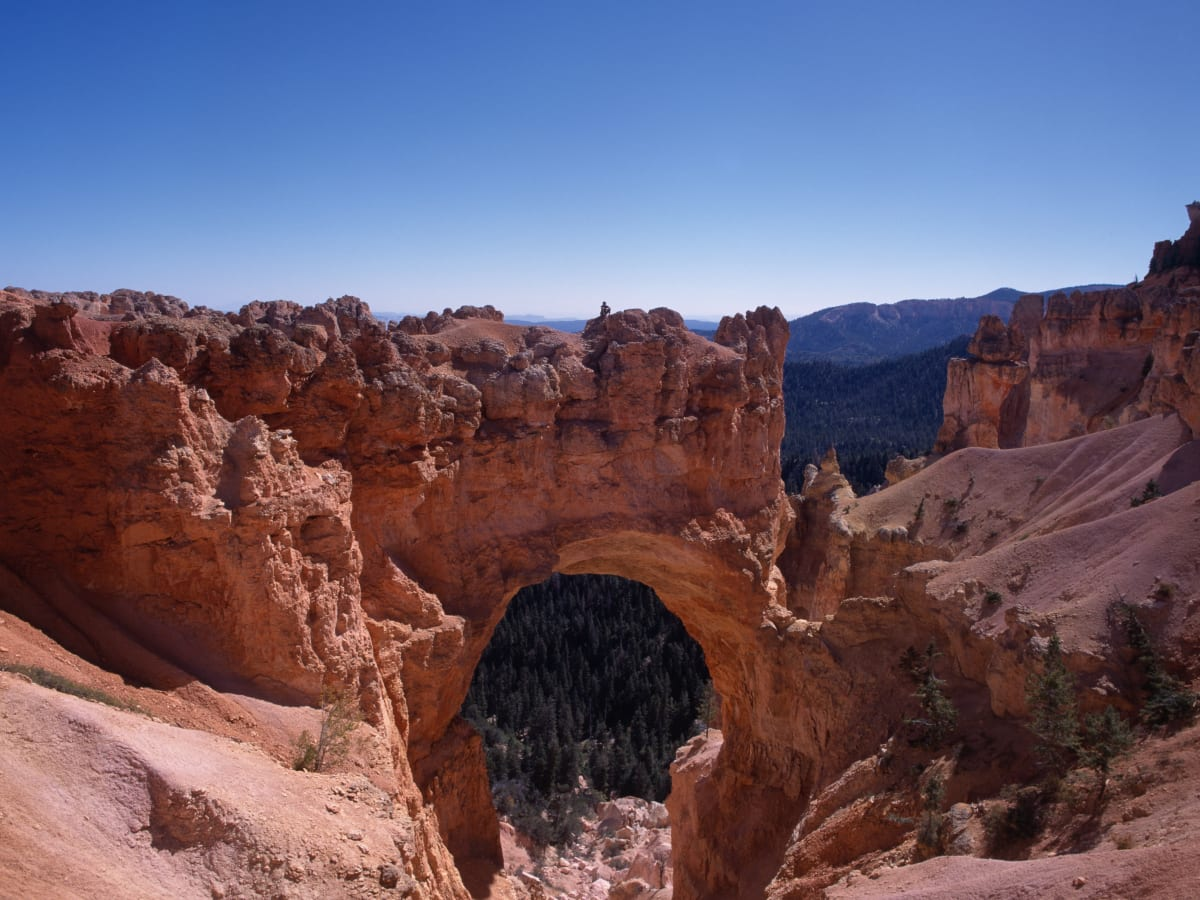 |
| Photo: Getty Images |
Next is Utah. The state boasts an enviably low unemployment rate and ranks in the top 10 for job growth and well-being. But, if you're a woman hoping to maximize your earnings, Utah may not be the best place for you. The state ranked last for its gender pay gap, with women's median earnings being more than $22,000 lower than men's earnings in 2019.
Utah is a state in the Mountain West subregion of the Western United States. It is bordered by Colorado to the east, Wyoming to the northeast, Idaho to the north, Arizona to the south and Nevada to the west. It also touches a corner of New Mexico in the southeast. Of the fifty U.S. states, Utah is the 13th-largest by area; with a population over three million, it is the 30th-most-populous and 11th-least-densely populated.
Utah has a highly diversified economy, with major sectors including transportation, education, information technology and research, government services, mining, and tourism. Utah has been one of the fastest growing states since 2000, with the 2020 U.S. Census confirming the fastest population growth in the nation since 2010. St. George was the fastest-growing metropolitan area in the United States from 2000 to 2005.
Once primarily a producer of raw materials, Minnesota's economy has transformed to emphasize finished products and services. Perhaps the most significant characteristic of the economy is its diversity; the relative outputs of its business sectors closely match the United States as a whole. Minnesota's economy had a gross domestic product of $383 billion in 2019, with 33 of the United States' top 1,000 publicly traded companies by revenue headquartered in Minnesota, including Target, UnitedHealth Group, 3M, General Mills, U.S. Bancorp, Ameriprise, Hormel, Land O' Lakes, SuperValu, Best Buy, and Valspar. Private companies based in Minnesota include Cargill, the largest privately owned company in the United States, and Carlson Companies, the parent company of Radisson Hotels.
Minnesota's per capita personal income in 2019 was $58,834, the thirteenth-highest in the nation. Its 2019 median household income was $74,593, ranking thirteenth in the U.S. and fifth among the 36 states not on the Atlantic coast.
2. New Hampshire
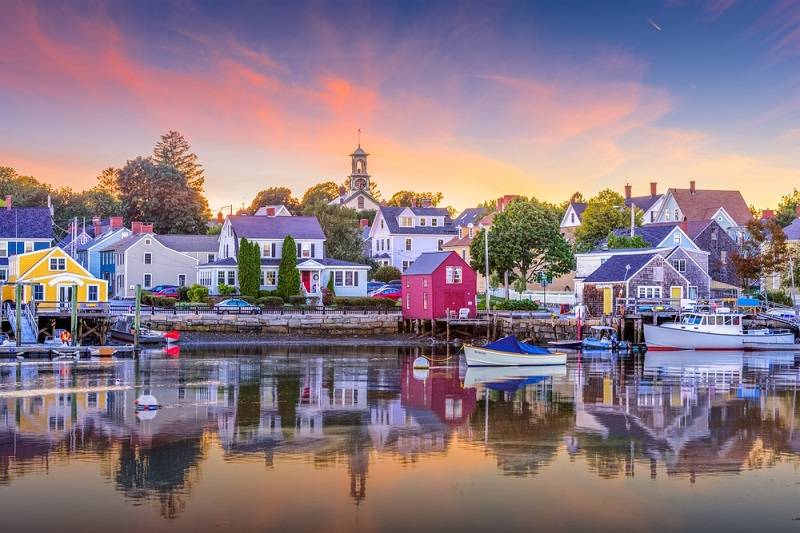 |
| Shutterstock |
Closely following Georgia is New Hampshire, earning its spot in the top five for its high median income and low unemployment rate. The state also has an impressive vaccination rate, ranking 10th in that category.
New Hampshire is a state in the New England region of the United States. It is bordered by Massachusetts to the south, Vermont to the west, Maine and the Atlantic Ocean to the east, and the Canadian province of Quebec to the north. Of the 50 U.S. states, New Hampshire is the fifth smallest by area and the tenth least populous, with a little over 1.3 million residents.
In the 21st century, New Hampshire is among the wealthiest states in the U.S., with the seventh highest median household income and some of the lowest rates of poverty, unemployment, and crime. It is one of only nine states without an income tax, and has no taxes on sales, capital gains, or inheritance; consequently, its overall tax burden is the lowest in the U.S. after Florida. New Hampshire ranks among the top ten states in metrics such as governance, healthcare, socioeconomic opportunity, and fiscal stability.
1. Georgia
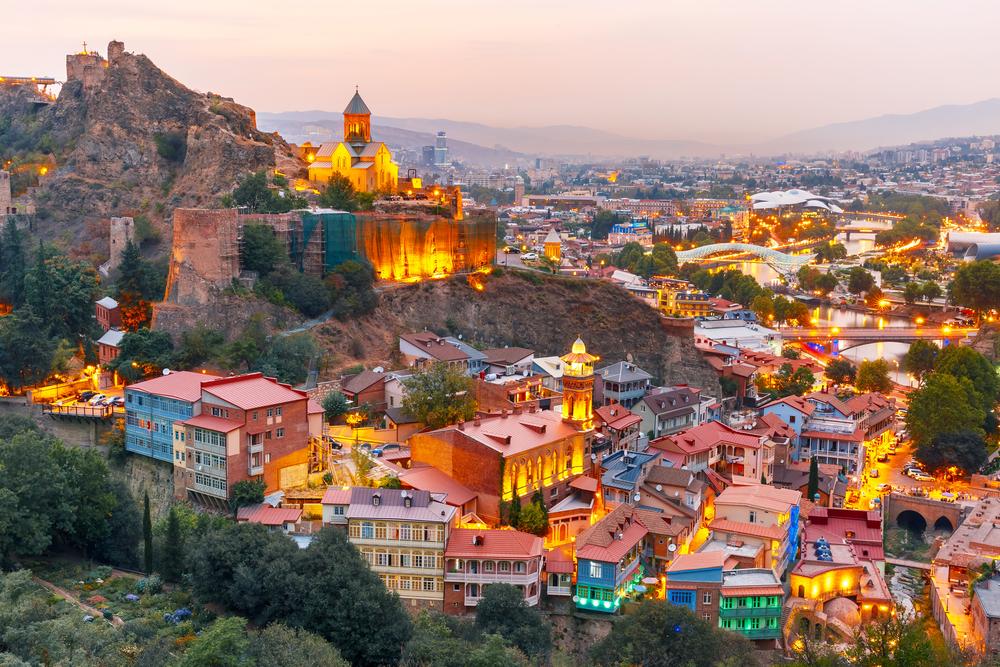 |
| Wego Travel Blog |
According to BestColleges' findings, Georgia is the best state to change your career in. With prosperous economic hubs like Atlanta, a low cost of living, and decent job growth and unemployment rates, the Peach State stands out as a great place to shift careers.
But it's not all peaches and sweet tea — Georgia falls a little below average for median income and well-being, and as of September 2021 had a fairly low vaccination rate.
Georgia is a country located at the intersection of Eastern Europe and Western Asia. It is a part of the Caucasus region, bounded to the west by the Black Sea, to the north and east by Russia, to the south by Turkey and Armenia, and to the southeast by Azerbaijan. It covers 69,700 square kilometres (26,911 sq mi), and has a population of around 4 million.
Georgia is a developing country, classified as "very high" on the Human Development Index. Economic reforms since independence have lead to higher levels of economic freedom and ease of doing business, as well as reductions in corruption indicators, poverty, and unemployment. It is one of the first countries in the world to legalize cannabis, becoming the only former-communist state in the world to do so. The country is a member of international organizations across both Europe and Asia, such as Council of Europe, Organization of the Black Sea Economic Cooperation, OSCE, Eurocontrol, European Bank for Reconstruction and Development, and GUAM.
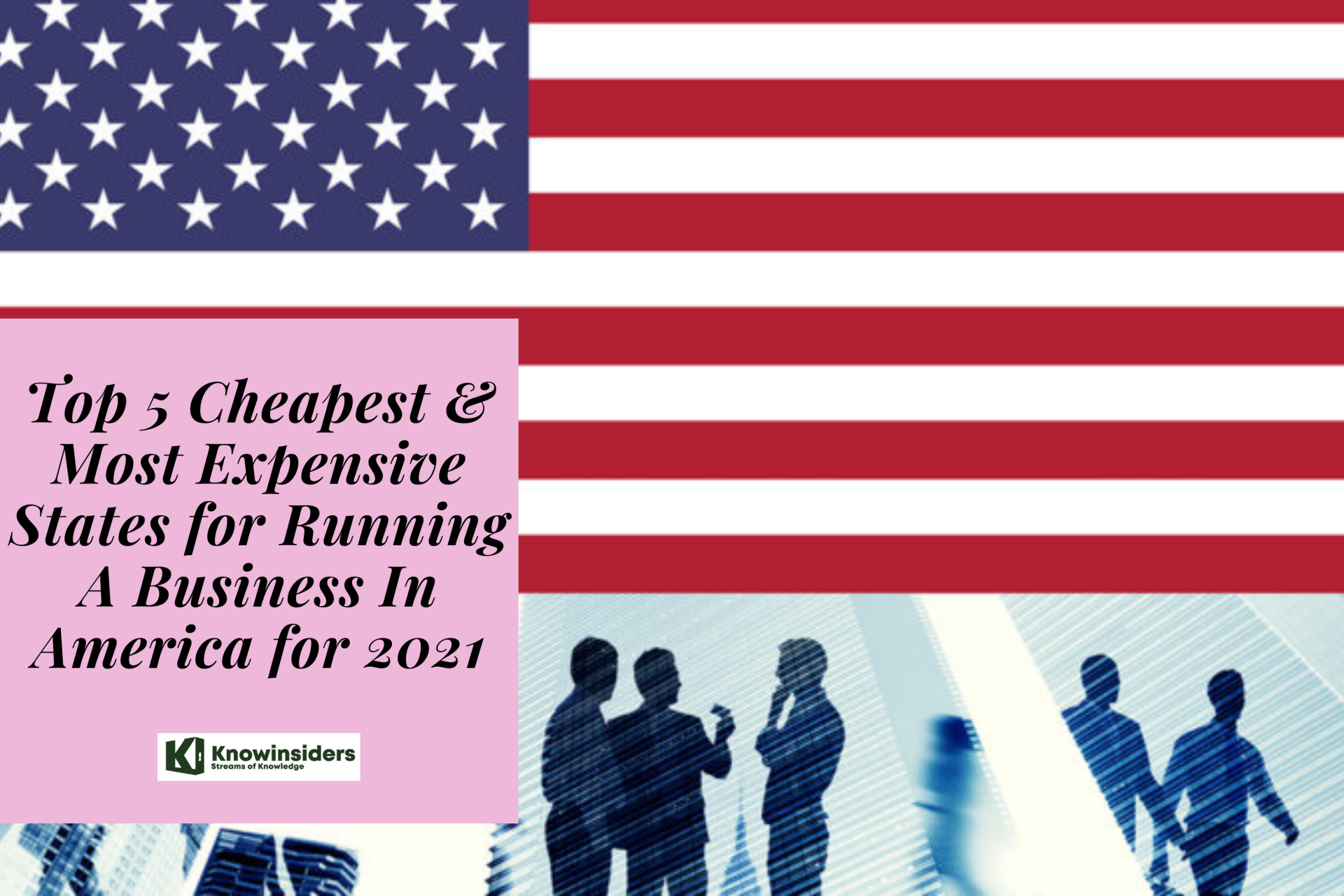 Top 5 Cheapest & Most Expensive States for Running A Business In America Top 5 Cheapest & Most Expensive States for Running A Business In America Running your own business is always a challenge. There are tons of things to consider, among them is the location. Check out right below the ... |
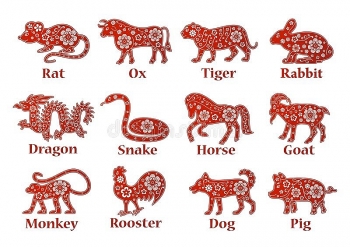 Top 5 Luckiest Animal Signs In The Year of Tiger 2022 Top 5 Luckiest Animal Signs In The Year of Tiger 2022 Which animal signs will be the luckiest in the Year of Tiger? Let's explore Top 5 Luckiest Animal Signs in Year of Tiger 2022. |
 Top 5 Zodiac Signs That Are Hard to Deal With Top 5 Zodiac Signs That Are Hard to Deal With There are some zodiac signs with their hard-handling traits that sometimes make other people feel extremely difficult to deal with. |
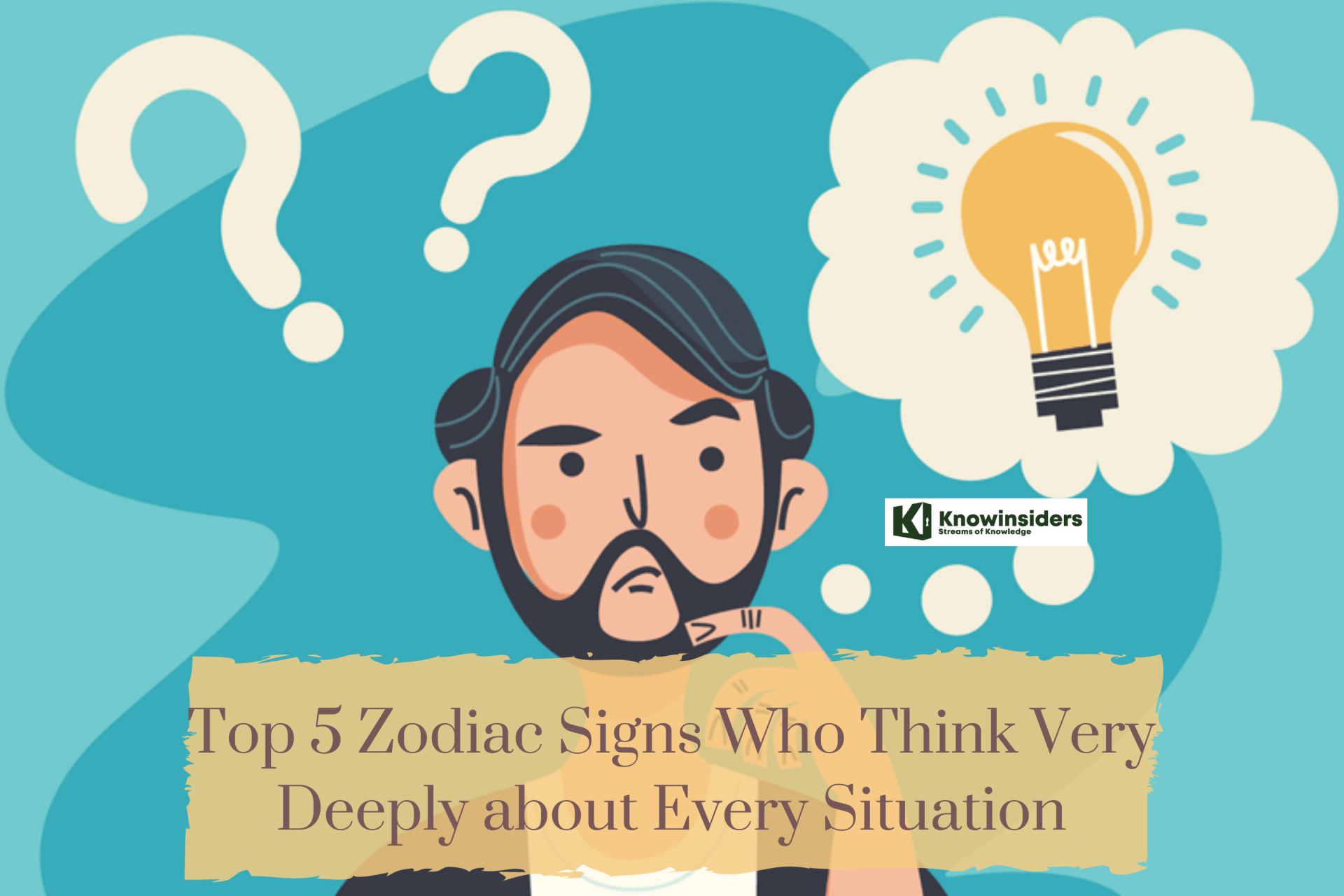 Top 5 Zodiac Signs Who Are the Deep Thinkers Top 5 Zodiac Signs Who Are the Deep Thinkers Are you a deep thinker? Sometimes when coming across every circumstance, both common and unusual ones, you're likely to consider it too much. Checking out ... |


